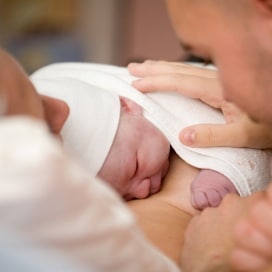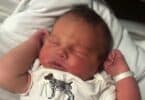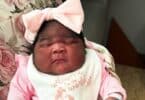
“We have shown for the first time categorically that abnormal fetal growth in both directions increases risk of autism spectrum disorder…The processes that leads to ASD probably begin during fetal life; signs of the disorder can occur as early as three years of age,” Professor Kathryn Abel, from the University’s Centre for Women’s Mental Health and Institute of Brain, Behavior and Mental Health, leader of the study told Science Daily. “Fetal growth is influenced by genetic and non-genetic factors. A detailed understanding of how fetal growth is controlled and the ways in which it is associated with ASD are therefore important if we are to advance the search for cures.”
Abel and her colleagues used information from the Stockholm Youth Cohort in Sweeden, a cohort study that included a total of 589,114 Swedish children between the ages of 0 and 17 from 2001 and 2007. Early ultrasound dating provided detailed weight progression of each child during pregnancy, and all children had been assessed in a structured clinical assessment of social, motor, language and cognitive abilities.
Researchers removed children from the study that had been too young to receive an ASD diagnosis. They’d also excluded twins, children that had been adopted, and non-Swedish and non-Stockholm residents. Additionally, children not born in Sweden were excluded.
In all, they ended up with 4,283 children with autism and 36,588 children who did not have autism. Children who were born at either end of the weight spectrum (above 9lb, 14oz and below 5.5lbs) were found to have a higher prevalence of autism than those that had been born within the “average” size range. Children born on the lower end of the spectrum were found to have a 63% greater risk of developing autism, and children who were born on the heavier end of the spectrum had a 60% higher risk of having the condition. This applied whether or not they were born pre- or post-term.
“We think that this increase in risk associated with extreme abnormal growth of the fetus shows that something is going wrong during fetal development, possibly with the function of the placenta,” Abel said. “Anything which encourages abnormalities of development and growth is likely to also affect development of the baby’s brain. Risk appeared particularly high in those babies where they were growing poorly and continued in utero until after 40 weeks. This may be because these infants were exposed the longest to unhealthy conditions within the mother’s womb.”
Because of the strong link, and the size of the study, Abel says that it is now important that more research is done in the way of fetal growth so that more can be understood how and why it can increase the risk of autism. Which may, in turn, help scientists better understand how to help prevent the condition altogether.
“We now need more research into fetal growth, how it is controlled by the placenta and how this affects how the brain develops,” Abel said. “One of the key areas to research is maternal condition and healthy growth.”
Related Articles:
- ‘Exhausted’ Parents of Adult Autistic Son Surrender Care to Government
- Researchers Find Evidence that Babies May Have Memories as Early as Five Months
- Study of Twins Sheds Light on Non-Genetic Biological Mechanism Changes of Autism






